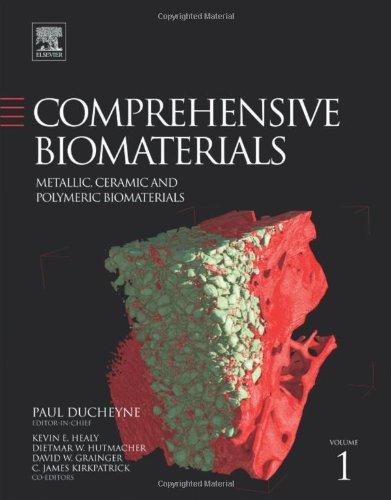Engineering & Materials Science , Special topic
Biomimetics
Mimicking nature ? from science fiction to engineering reality Humans have always looked to nature's inventions as a source of inspiration. The observation of flying birds and insects leads to innovations in aeronautics. Collision avoidance sensors mimic the whiskers of rodents. Optimization algorithms are based on survival of the fittest, the seed-picking process of pigeons, or the behavior of ant colonies. In recent years these efforts have become more intensive, with researchers seeking rules, concepts, and principles of biology to inspire new possibilities in materials, mechanisms, algorithms, and fabrication processes. A review of the current state of the art, Biomimetics: Nature Based Innovation documents key biological solutions that provide a model for innovations in engineering and science. Leading experts address a wide range of topics, including: Artificial senses and organs Mimicry at the cell?materials interface Multiscale modeling of plant cell wall architecture and tissue mechanics The making of biomimetic composites Electroactive polymer (EAP) actuators as artificial muscles EAP-based refreshable braille displays Biomimetic optics from the angles of biology and plants Biomimicry of flying birds, insects, and marine biology Applications of biomimetics in manufacturing, products, and medicine Robotics, including the development of human-like robots Biologically inspired design as a tool for interdisciplinary education The biomimetic process in artistic creation The final chapter outlines the challenges to biomimetic-related innovation and offers a vision for the future. A follow-up to Biomimetics: Biologically Inspired Technologies (2005), this comprehensive reference methodically surveys the latest advances in this rapidly emerging field. It features an abundance of illustrations, including a 32-page full-color insert, and provides extensive references for engineers and scientists interested in delving deeper into the study of biomimetics.
- Bar-Cohen, Yoseph
- CRC Press Inc
- 2011
- 788
- 9781439834763
Поткатегории











